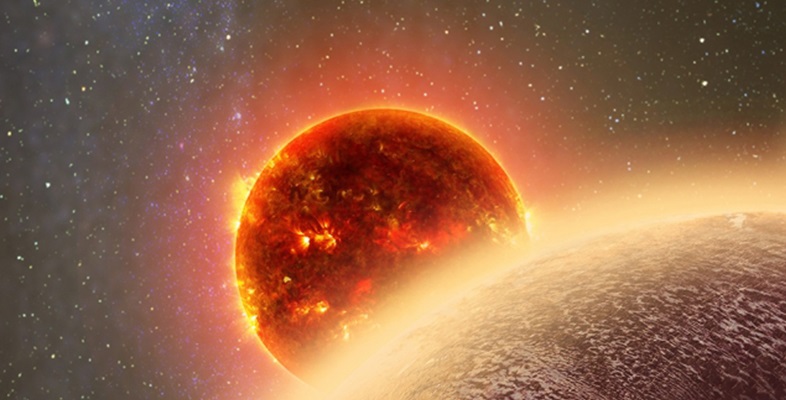2.2 Our closest exoplanetary neighbour!
In August 2016, the Pale Red Dot team announced that they had indeed found a planet orbiting Proxima Centauri. The minimum mass of the planet, Proxima b, is 1.3 Earth masses, so it may well be that Proxima b is a terrestrial planet, like Earth.
Proxima b completes an orbit in about 11 days. This is much shorter than an Earth year because Proxima b is much closer to Proxima than Earth is to the Sun. In fact, the distance between Proxima b and its star is about 1/8th the distance between the Sun and Mercury. Despite this, because Proxima is much less luminous than the Sun, the planet has a temperature similar to Earth – just right for liquid water to exist on its surface. Such a planet has the potential to host life. This is just as you saw in Week 6 when you examined the locations of the habitable zone for stars like the Sun and M dwarf stars.
So, Proxima b is a potentially habitable planet orbiting the closest star to the Sun. This is very exciting news – maybe aliens are not that far away from us! The discovery attracted a lot of international news coverage: A planet discovered close enough to Earth to be reached by future space missions could contain life [Tip: hold Ctrl and click a link to open it in a new tab. (Hide tip)] .
